It was originally planted in the front yard at the corner of the house by a previous homeowner or the builder. This isn't one of those newer, smaller cultivars though -- it's one of the old-fashioned types that gets 12' (3.6m) tall and wide or more. It was much too large for its spot, especially since I don't like the look of pruned shrubs very much, and Forsythia is one that really looks terrible when shaped by pruners I think.
So five or six years ago (or maybe more) I dug it up and planted it "temporarily" in a spot in the backyard. Here's the plant I'm talking about:
It did really well here with virtually no care. As you can see it's just starting to bloom, starting its week or two period of looking amazing. After blooming though, it's quite ho-hum. If this were a smaller shrub I might put up with its visual shortcomings for most of the year, but it's really taking up too much space (even though I've been pruning it to keep it a manageable size and to keep my paths clear).
So it's got to go.
I really didn't know what to expect when I attacked it with my spade, but besides all of the other tree roots in the area it seemed like it might come out fairly easily. I soon gave up trying to dig any sort of rootball, and switched to my digging bar to pry the plant out of the soil:
That worked quite well, and since I knew that the plant had already survived a similar sort of treatment when I originally moved it, I wasn't worried about hurting it.
Besides, I just wanted it out. I wasn't planning on putting it back into the ground in my garden. Still, I hate throwing away or killing plants, so did my best to ensure this guy could be replanted.
What I found was that it was actually a few separate plants crammed together. The first came out easily:
The thing about Forsythia is that it quite easily spreads when branches touch the ground and take root. Here's an example of this -- these roots were formed in the mulch:
So over the past few years this plant has become three or more, which made removal so much easier:
It still required some effort, but nothing like one huge rootball would have. There are even a few smaller plants that I can pot up "for future use".
The roots spread pretty much laterally, with none going very deep at all, which is why the plants came out relatively easily:
After I got these out of the ground I decided that I did want to plant them somewhere -- it seemed a waste not to. Luckily, our small subdivision has some common ground. One patch of it has been an issue for us in recent years -- many of the trees there have died and were removed, leaving a wild and too-empty area that is unattractive. What I great place to plant some spring-flowering beauties that can grow to their large size without concern!
So I loaded them into the truck for the short drive down the block to the planting area. I didn't bring my camera down there, but I can easily describe the planting process to you:
- Several minutes of chopping through ivy (both poison and regular) and Virginia creeper vines just to get to the soil
- Clearing the vine roots out of the planting hole area
- Digging the hole (somehow I avoided existing tree roots)
- Planting
- Filling
- Sometimes looking for places I could get a few more shovels of soil
Then repeating this three more times.
It was more work than digging the plant out was I think.
The only thing I couldn't do was water them in. As long as we continue to get decent rains in the next few days they should be fine though. They don't have leaves yet which will minimize the amount of water they'll need (no leaves means no transpiration).
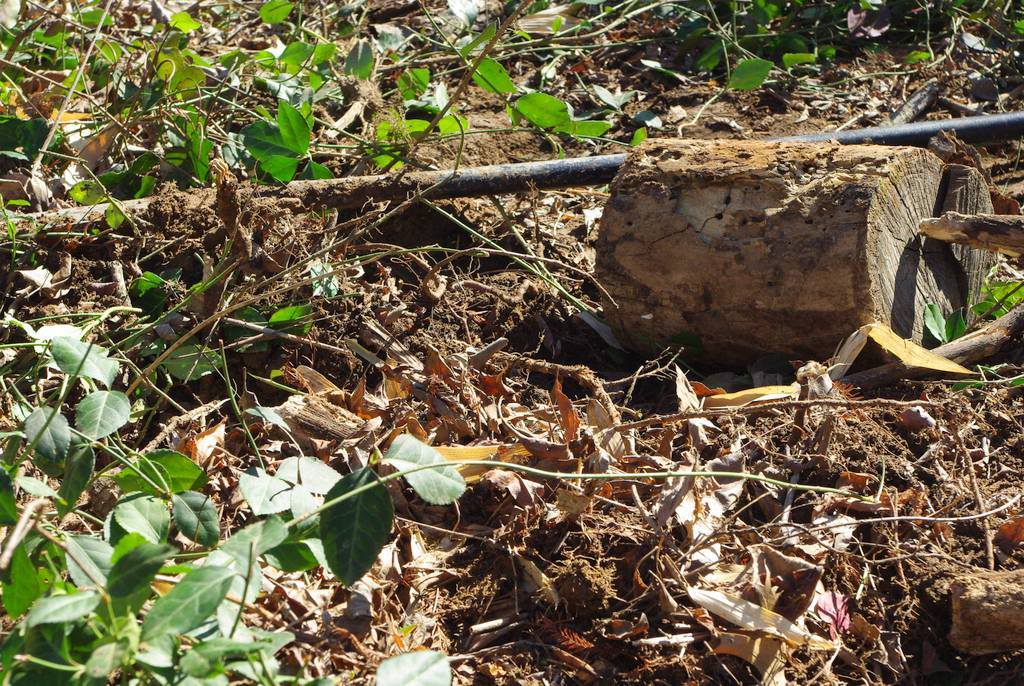 |
| Now-empty planting area. I'll probably move some potted bamboos here in the short term. |
So that's an unwanted plant moved out of my garden -- it can now brighten up the Springs of the neighborhood in general for years to come.
Grow big Forsythia! Grow big, grow happy.
.
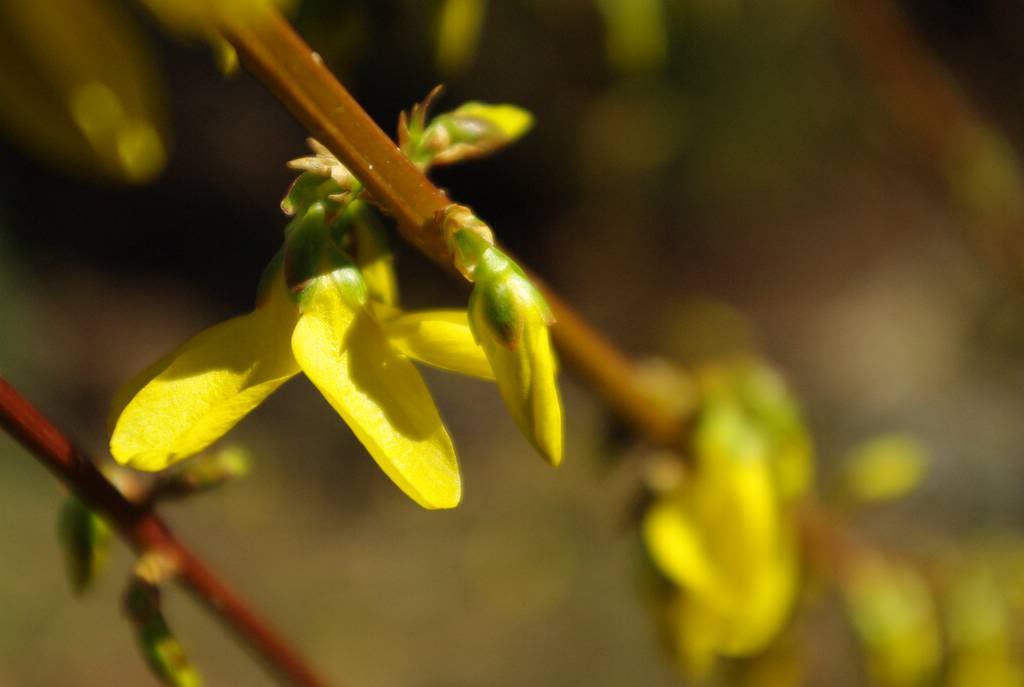
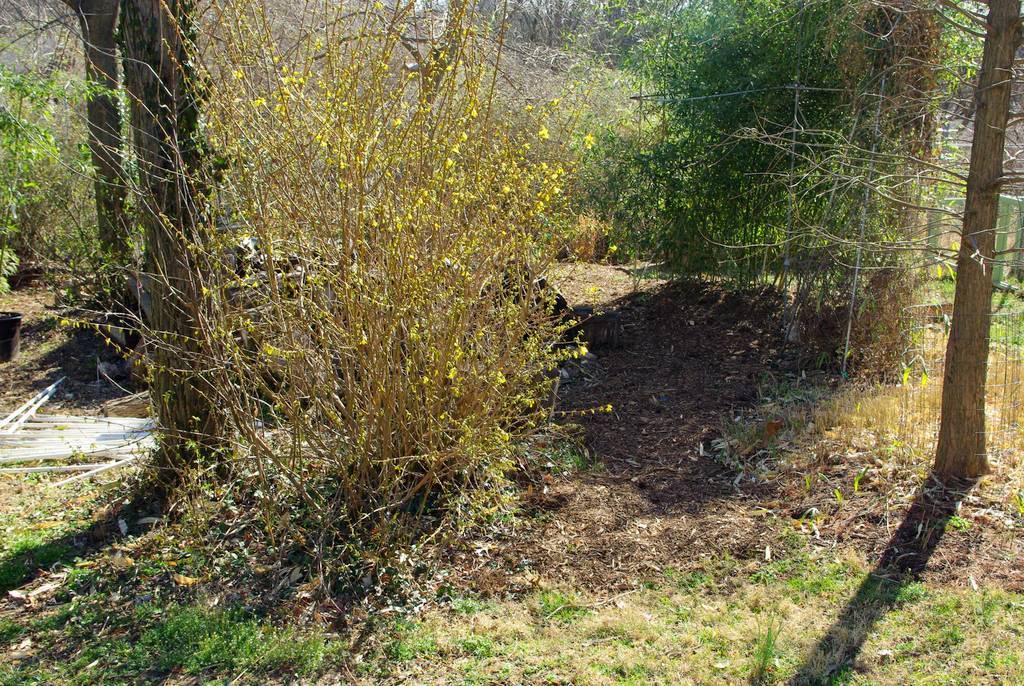
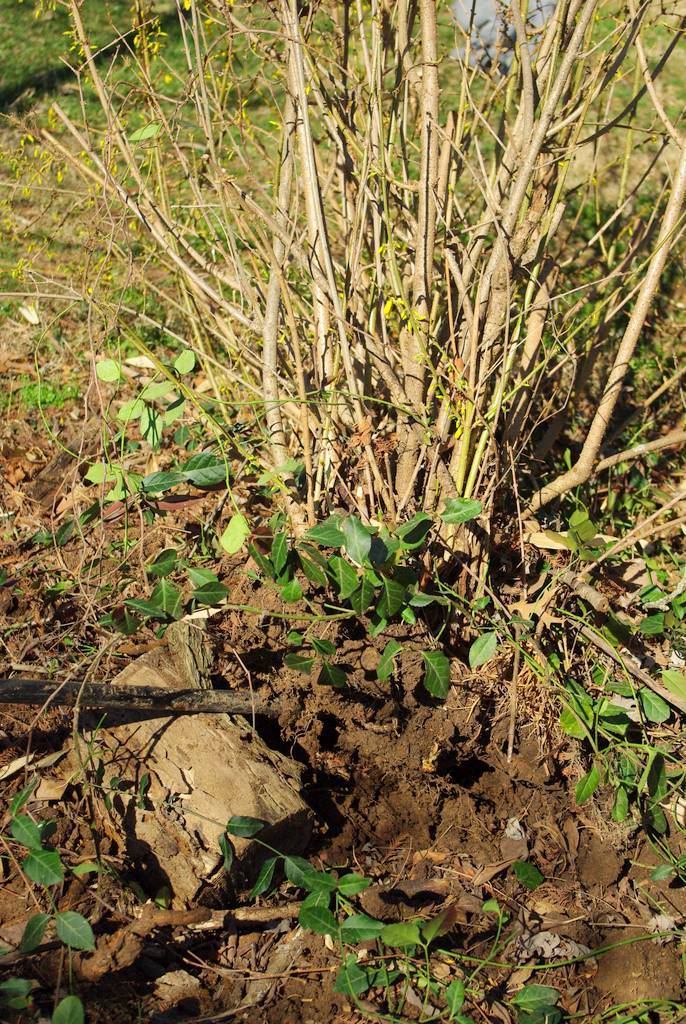

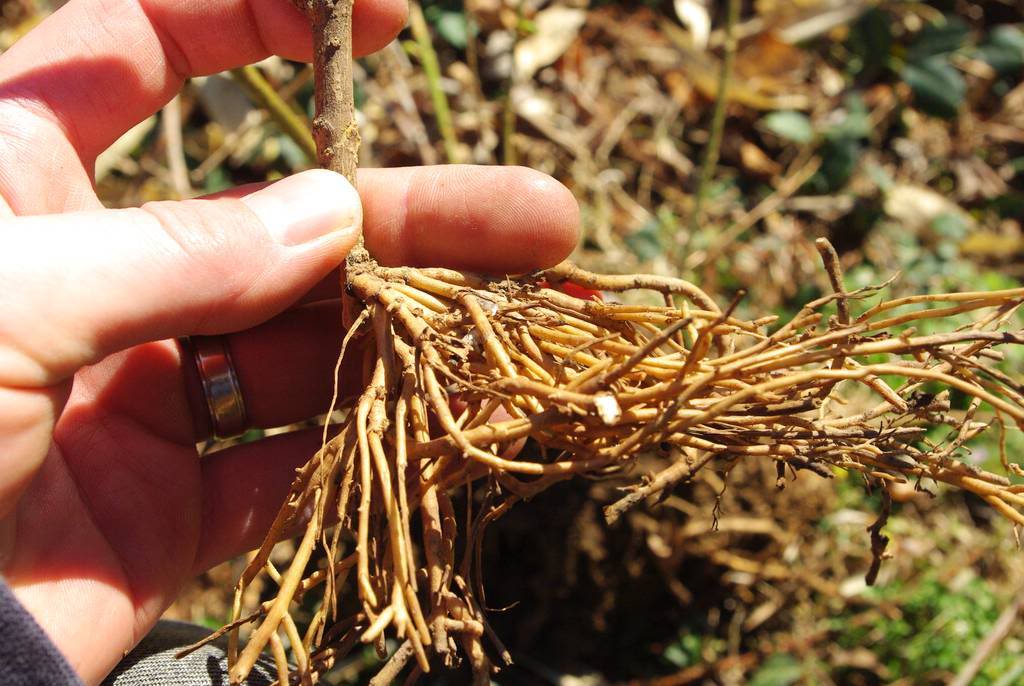
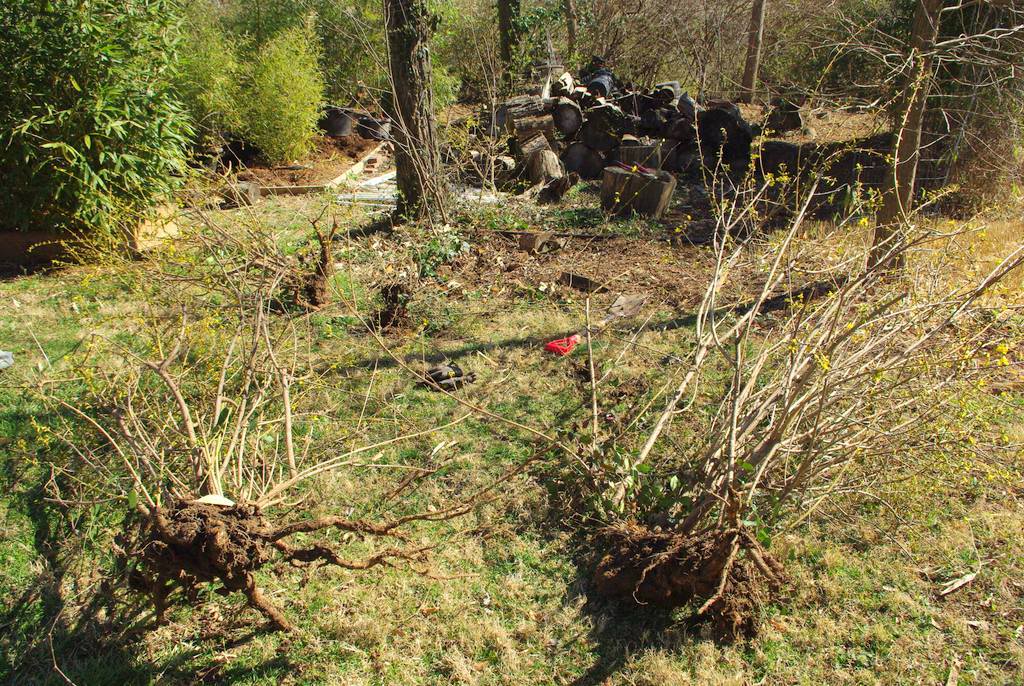
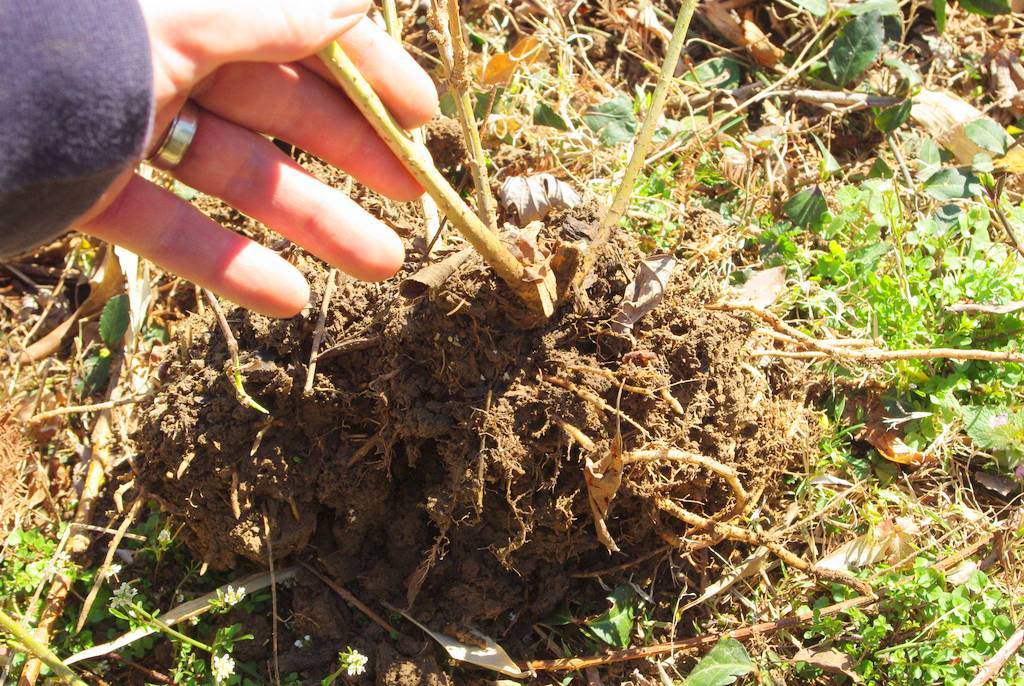
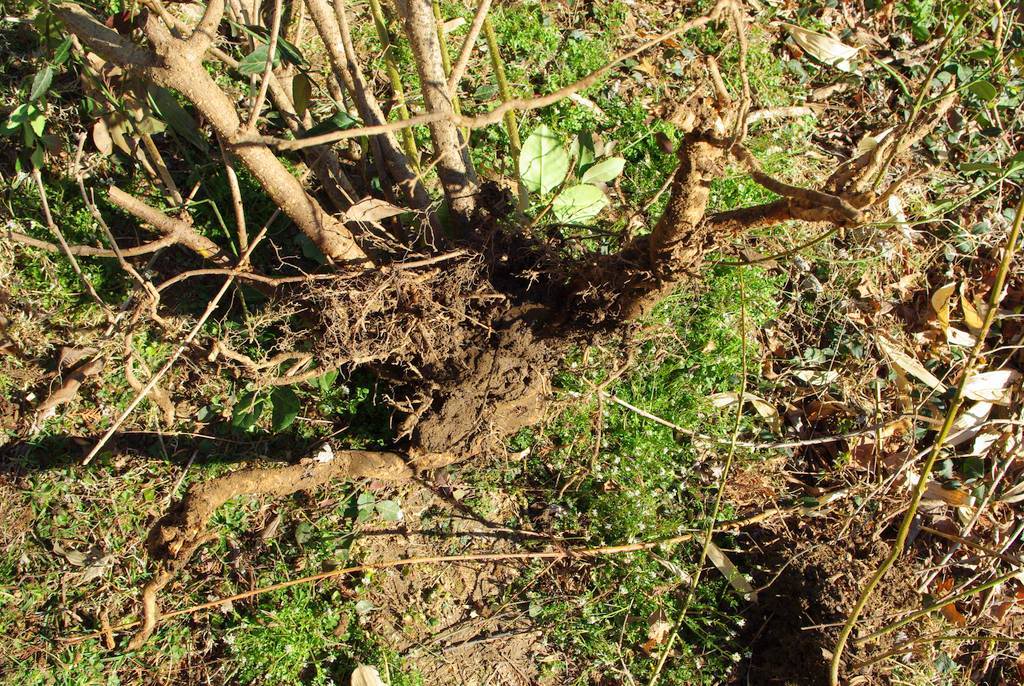
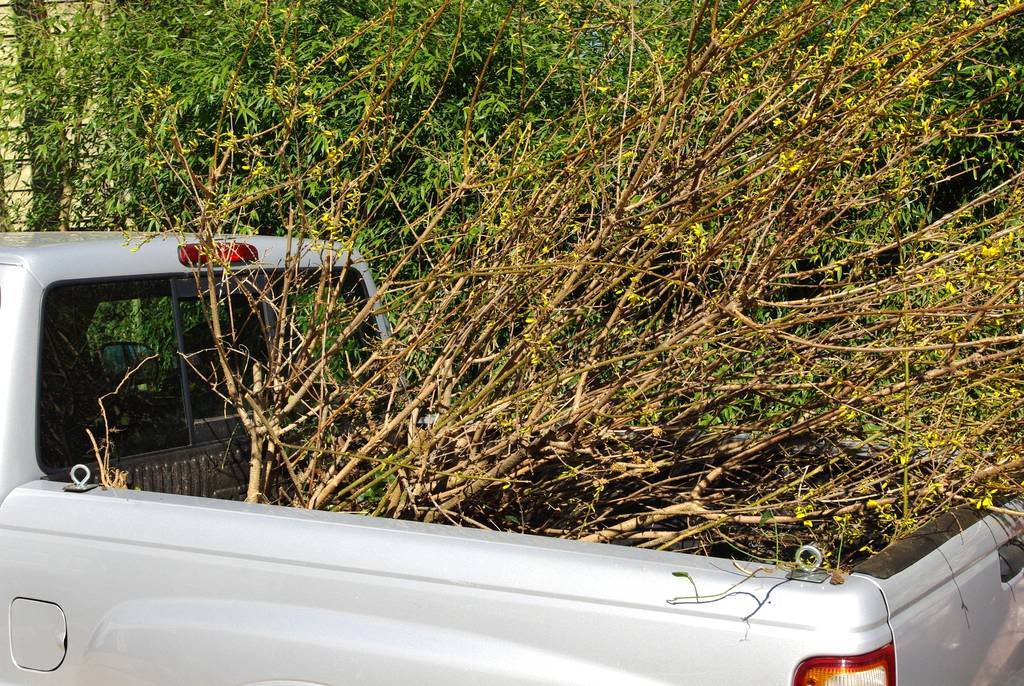
I didn't realize just how big that Forsythia was until I saw it loaded in your truck!
ReplyDeleteWe have hit-or-miss success with Forsythia up here (Minneapolis area, Zone 4). The winter usually kills off all the flower buds above the snow line, so most years they only bloom on the bottom 1.5-2 ft of the plant. Makes for a disappointing flower show. Therefore the dwarf varieties are very popular in Minnesota. But this year I'll be surprised if any Forsythia bloom; we had less than 6 inches of snow cover all winter.
I'm glad you were able to plant it somewhere else. Like you, I hate throwing away living plants.
ReplyDeleteUnfortunately, many flowering shrubs look ho-hum after they're done blooming...
Its good you were able to reuse it. I do love the spring flowers on forsythia, they really indicate spring is on the way but they can soon look scruffy if not kept trimmed.
ReplyDeleteI love Forsythia but a week or two of looking amazing doesn't warrant a spot in my garden - I don't have the space! Great idea to plant it nearby where you can still get to admire it!
ReplyDeleteA neighbor just showed me a similar project last weekend. He moved a rambling forsythia from his mom's garden to create a screen for his yard.
ReplyDeleteFor those of us who like flowering forsythia but don't like the "monster" it can become (my husband's words), there are wonderful dwarf forsythia varieties that stay small and well-shaped and have beautifully colored fall foliage. anne
ReplyDeletelilafee: I didn't know that there were any forsythia with fall color! What varieties do you recommend?
ReplyDeleteUh oh, sorry to have you think the leaves turn shades of red, yellow & orange - a neighbor has some that turn a purple with green, but some can be bronze/red. Check out Sunrise, Show Off Starlet, Fiesta (which has variegated leaves - some websites say purple fall color, some not.) I would ask at a nursery for info on dwarf forsythia. I like the idea of them because they are small and stay small! anne
ReplyDeleteWell I was wrong about my prediction of no Forsythia flowers! It's been a long time since they have been this glorious!
ReplyDeletehttp://yesitalktoplants.blogspot.com/2012/03/forsythia-flower-show.html